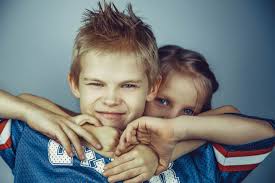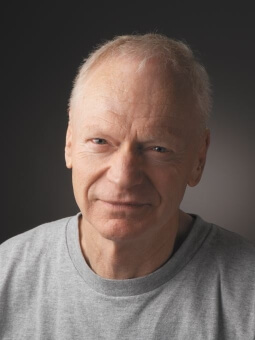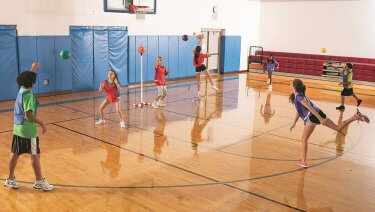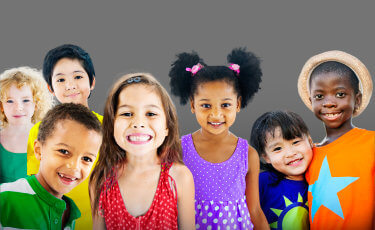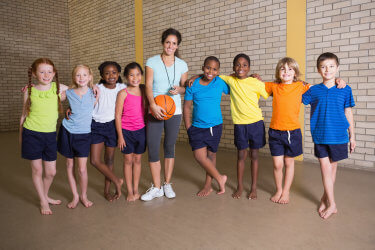In any professional career, people frequently strive to achieve a level of excellence where they’re considered experts or at least highly effective in their chosen field of work (Nunn, 2008). The world of sport is no different, although determining whether or not coaches are effective and their subsequent hiring or firing is frequently assessed by win-loss records.
But being considered an effective coach should not only be defined solely or even predominantly by a head coach’s win-loss record. Becoming effective is a developmental process that takes time and involves much more than just game scores. Watching 10-time national champion, legendary Hall of Fame, and former UCLA men’s basketball head coach John Wooden during practices, Tharp and Gallimore (1976) found that he spent 50.3% of his time teaching his athletes the fundamental skills of basketball. Consistent with the concept of pursuing teaching & coaching mastery, Wooden spent half his time instructing his athletes (Nater & Gallimore, 2010).
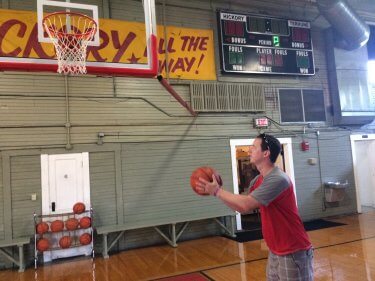
A Coaching Case Study
This article highlights the complex experiences and thoughts of an effective female NCAA Division III (DIII) head women’s volleyball coach as her career developed. The information comes from a larger study on the development of effective coaches at the DIII level. The effective coaches in the study were identified as those who currently serve as head coaches of a DIII team sport, five-plus years of experience as a head coach at his or her current DIII institution, a career winning percentage of .500-plus, and peer recognition such as coach of the year (Gilbert, Côté, & Mallett, 2006).
